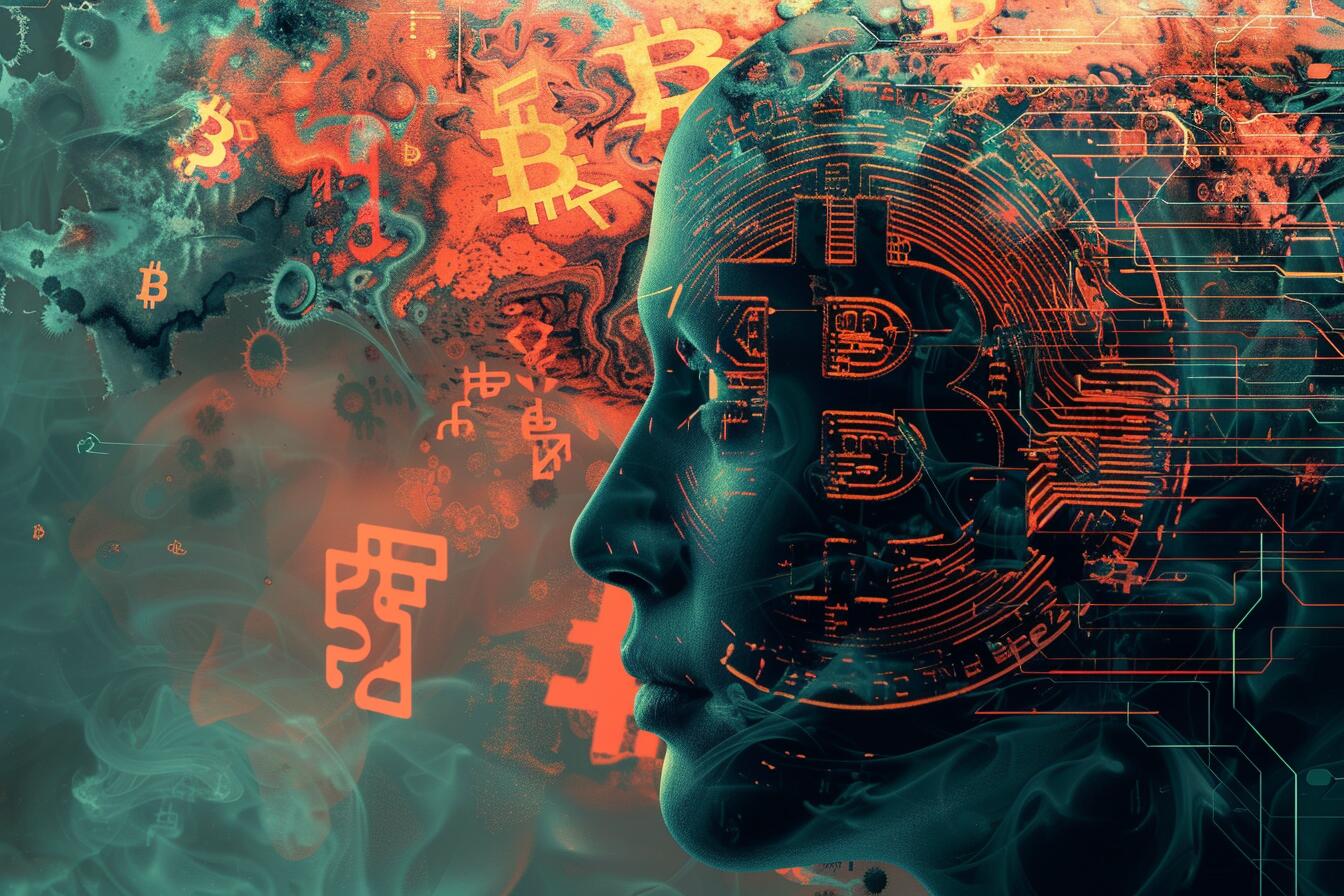
In the heart of the digital domain, an intricate problem unfurls: How does one sustainably fund software projects in an arena that ceaselessly morphs and evolves? Ponder with me as we traverse through the problem of software funding, look into the disruptive power of Artificial Intelligence (AI), and explore the mitigating solution of Bitcoin amidst the approaching economic upheavals.
1. Revisiting and Rekindling Stallman’s Vision
Dominating today's software funding environment are two formidable models: the subscription-based Software as a Service (SaaS) model and the Advertising-based revenue model. However, they emanate a disconcerting discord with user-centric principles.
SaaS: Criticized for its semblance to rent-seeking behaviors, this model often raises eyebrows for potentially prioritizing profits over users.
Ad-based Model: While user data becomes a commodity, this model can divert focus from genuine user needs, instead favoring revenue generation through targeted advertising.
Reflecting upon Richard Stallman's GNU General Public License—embodying a world where code is an open, collective pursuit—I implore us to ponder: Have our attempts at ensuring remuneration veered us away from community-driven innovation, burying its essence beneath the rent-seeking predilections of current software funding models?
2. AI: A Catalyst Transforming Software Creation and Funding
AI, with its capability to democratize software creation, is not merely a technological advancement; it's a seismic shift. Imagine a future where coding becomes a universally accessible skill, transforming complex programming into simple, English language-based tasks. This transcendence could not only dismantle traditional funding models but perhaps, reinvent the entire software creation and distribution ecosystem.
The profound implications of AI render the former conundrums of software funding potentially obsolete, prompting a pivotal query: How does one navigate through this newfound landscape of minimized manual intervention and maximized automated innovation?
3. Bitcoin: An Unwavering Anchor Amidst Economic Flux
If we indeed teeter on the brink of an AI-induced deflationary epoch—marked by job displacement and dwindling prices—Bitcoin emerges as a novel, stabilizing financial bastion.
A Deflationary Shield: Despite burgeoning product inventories and diminishing prices, Bitcoin’s scarcity (capped at 21 million coins) offers a hedge against deflation.
An Inflationary Bulwark: Unaffected by AI’s boundless productivity, Bitcoin’s inherent fixed supply also fortifies it against inflationary pressures.
Capital Allocation Power: Bitcoin holders, empowered by amplified capital allocation abilities, may steer funding towards community-aligned, innovative projects, reminiscent of the Stallman-inspired utopian visions.
In this sea of economic ambiguity fostered by AI advancements, Bitcoin potentially carves out a path, standing resolute against both inflation and deflation, enabling a sustainable channel for capital allocation and investment.
Navigating the Future with AI and Bitcoin
The intersection of technology, economics, and individual autonomy within this complex tapestry conjures a myriad of questions, beckoning explorers like us to dissect, debate, and delve into uncharted territories. How do we marry the equitable ethos of community-centric innovation with the disruptive dynamism of AI and the financial acumen embedded in Bitcoin?
Join me in this exploration, as we endeavor to chart a course through these entwining narratives, seeking to harmonize the ethos of collective innovation, the transformative potential of AI, and the prudent economic guardianship of Bitcoin.
Adam Malin
You can find me on Nostr at:
npub15jnttpymeytm80hatjqcvhhqhzrhx6gxp8pq0wn93rhnu8s9h9dsha32lx
You can view and write comments on this or any other post by using the Satcom browser extention.
value4value Did you find any value from this article? Click here to send me a tip!